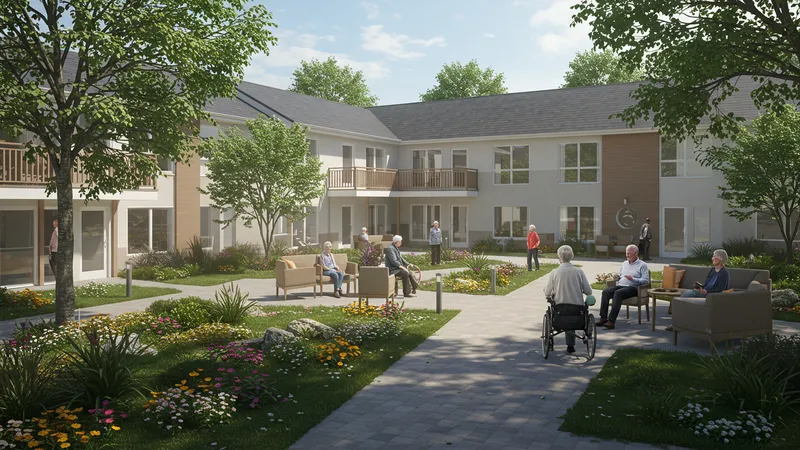
Affordable Senior Housing: Exploring The Future Of Retirement Villages
Community Design Innovations in Affordable Retirement Villages
Affordable senior housing communities in the United States are rethinking physical layouts to promote independence and shared experiences. Open floor plans, single-level residences, and elevators make navigation easier for residents with mobility challenges. Outdoor courtyards and communal gardens are common, providing fresh air and social spaces. Unlike older models, new villages emphasize connection—walking paths, lounges, and flexible event areas are prioritized to encourage interaction and reduce isolation.

Prime examples like Fairmount integrate adaptive features such as handrails, wide doorways, and nonslip flooring, meeting or exceeding ADA requirements. These innovations enhance safety while preserving home-like comfort. At The Gardens at Gahanna, modular designs allow for the customization of living space, catering to both singles and couples. This forward-thinking approach not only supports varying needs but also appeals to a wide range of backgrounds and lifestyles among residents.
Energy efficiency is becoming increasingly vital in affordable retirement villages. By integrating solar panels, energy-efficient windows, and high-performance insulation, operational expenses are kept low—translating into consistent rent pricing. Volunteers of America’s senior housing often leverages green building practices to stretch funding further and support sustainable community development. These initiatives are growing each year, especially in energy-conscious states like California and New York.
Safety is another design cornerstone. Retirement villages incorporate technology-enabled emergency call systems, monitored entryways, and secure campus layouts. Innovations such as resident check-in kiosks or wearable emergency pendants are no longer exclusive to high-end communities; they are increasingly standard even in affordable models. These advancements contribute to peace of mind for both residents and their families, creating an environment where aging with dignity is fully supported.